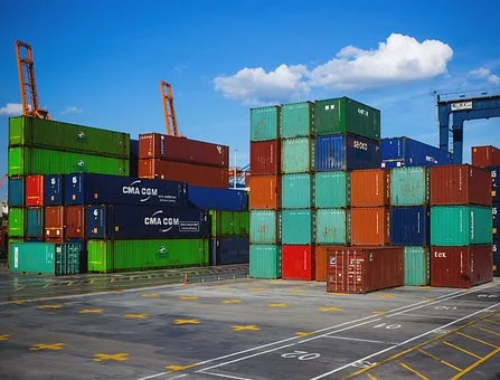China: Rise in timber imports through Ningbo Port
Source:ihb
In the first half of 2017, timber imports through Ningbo Port totalled 510,000 cubic metres valued at US$197 million.

According to Ningbo Entry-Exit Inspection and Quarantine Bureau, in the first half of 2017 timber (including logs and sawnwood) imports through Ningbo Port totalled 510,000 cubic metres valued at US$197 million, up 42% in volume and 45% in value from the same period of 2016, breaking a record high.
The increase in timber imports through Ningbo Port resulted from the growth of African timber imports. In the first half of 2017 China’s timber imports from Africa rose 77% to 170,000 cubic metres, accounting for more than 30% of all timber imports through Ningbo Port.
Among African timber imported, the largest amount was imports was mopane (also known as balsam tree, butterfly tree, or turpentine tree). Mopane wood is one of southern Africa's heaviest and is difficult to work because of its hardness. The wood is similar to African blackwood, traditionally used for musical instruments.
Imported timber from Africa is mainly transported to Yiwu and Dongyang cities in Zhejiang province to be made high quality furniture and craft items.
Timbers through the port also arrive from the USA and Canada and amounted to 109,000 cubic metres in the first half of this year, up nearly 40% from the same period of 2016. North American timbers include northern pine, fir, spruce and oak are mainly used in construction and flooring.
(Source: ihb.de)
-

"2021 China Internet Home Improvement Consumption Trend White Paper" released
-

Sales of soft furniture such as sofas and beds in China doubled in August
-

China' s furniture retail sales in August was 13.7 billion yuan, a year-on-year increase of 6.7%
-

From January to August, China' s furniture exports reached 305.43 billion yuan, an increase of 31%

 沪公网安备31010402003309号
沪公网安备31010402003309号



